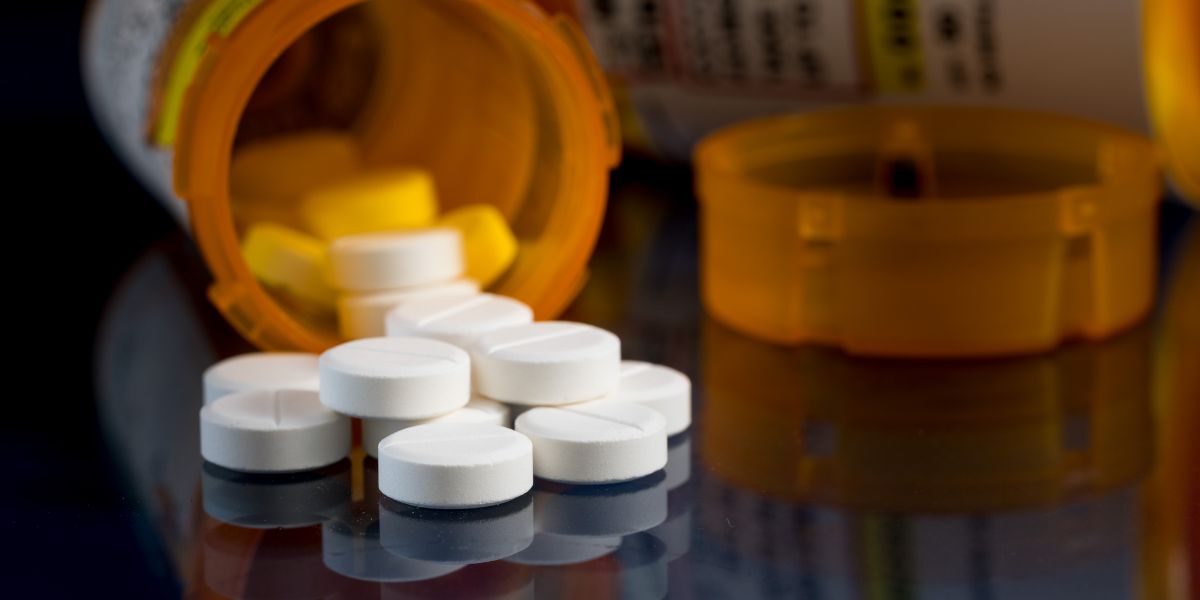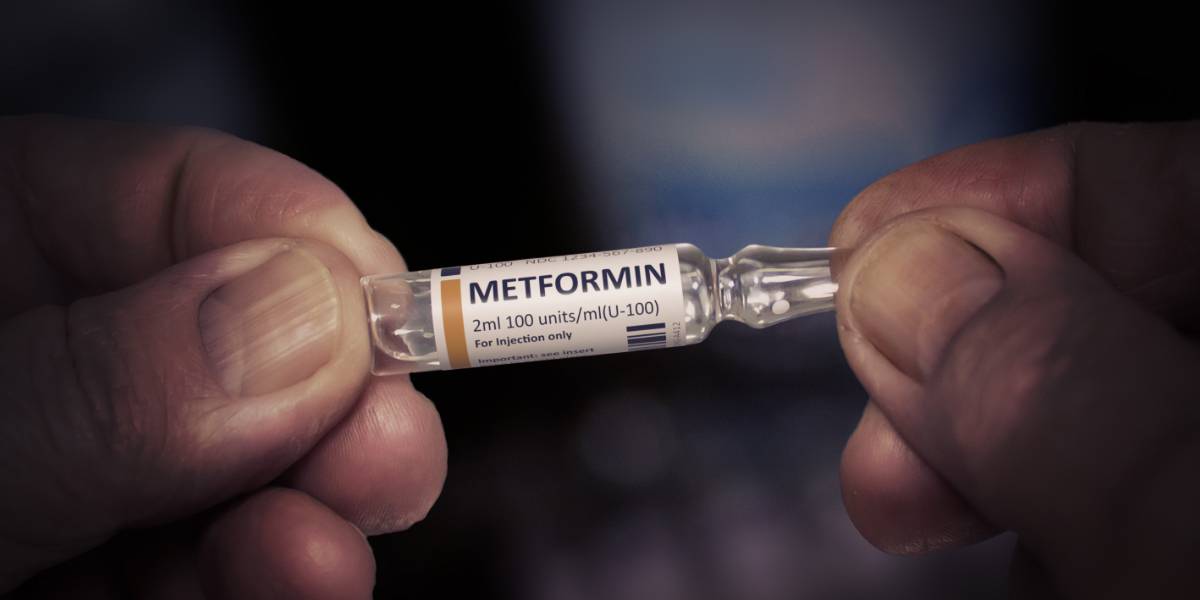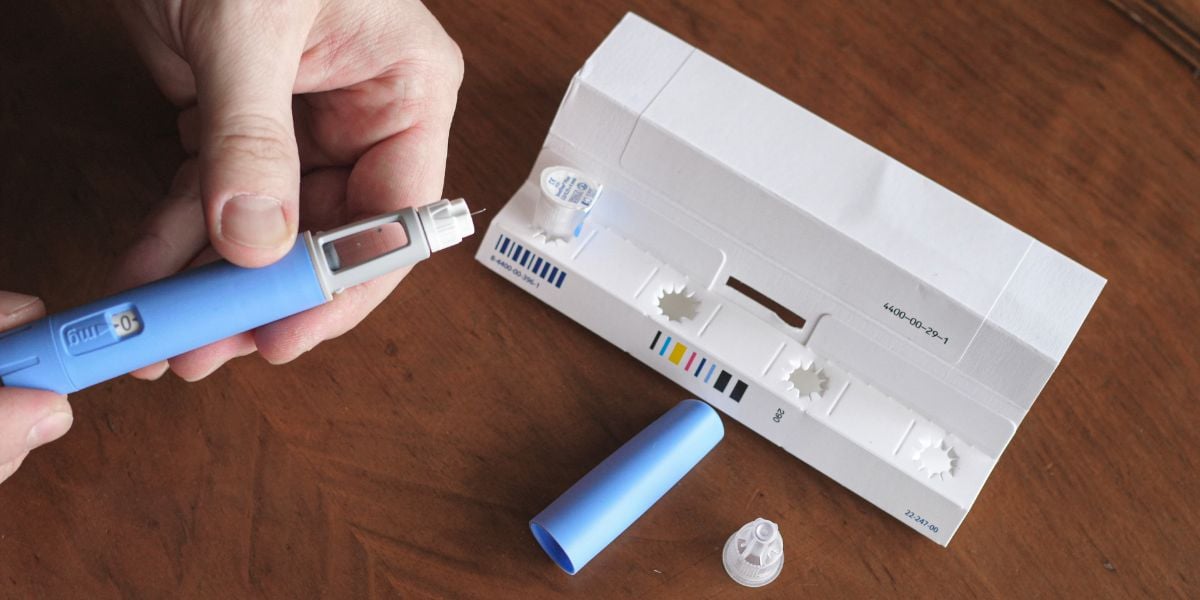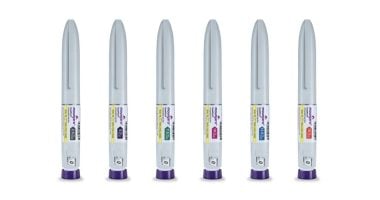Avandia (Rosiglitazone), is a popular type of type 2 diabetes drug that has been on the market for over eight years.
The manufacturer of the drug, GlaxoSmithKline, has earned billions of pounds worth of revenue from the drug, both in America and internationally.
Controversy in mid-2010 about the drug strongly linked Avandia to a higher risk of heart attack and consequently death.
There had been disagreement between both healthcare associations and individual physicians over whether the drug should still be prescribed. An FDA (Food and Drug Administration) advisory board which does not have the power to suspend the drug, chose to tighten restrictions on Avandia.
On 23 September 2010 Avandia was banned in the UK after it was found to raise the risk of heart disease by the European Medicines Agency.
What is Avandia?
Avandia is a drug that fits into the class Rosiglitazone, and is used to make the body more responsive to insulin amongst type 2 diabetics.
Avandia was created by GlaxoSmithKline, and marketed extensively throughout the world. In theory, Avandia, when combined with suitable diet and exercise, helps the body to use its own insulin resources, keeping blood sugar levels stable.
For some diabetics, however, Avandia is not suitable.
Who should not take Avandia?
Any diabetics who are allergic to the ingredients within Avandia should not take it, particularly the active ingredient rosiglitazone maleate.
Those people who have had heart problems or heart failure, type 1 diabetics or those who have suffered from:
- Ketoacidosis
- Diabetics with macular Oedema
- Diabetics with liver problems
- Pregnant diabetics
- Premenopausal female diabetics
- Breastfeeding mothers
Anyone who falls into the list above should avoid Avandia as far as possible.
How do diabetics take Avandia?
When diabetic patients are prescribed Avandia, they will be instructed how to take it. Depending on the individual case, the number of tablets per day will vary. Doctors sometimes prescribe Avandia alongside other diabetic medications.
Avandia may be taken with or without food. Avandia should be taken regularly, but only to the set maximum dose. Diet and exercise will facilitate the effects of Avandia within the body.
What are the side effects of Avandia?
Avandia unfortunately has a long list of side effects, including heart failure. Avandia can cause fluid retention, leading to heart problems and heart failure.
Swelling is also possible from fluid retention, particularly in the ankles or legs. Avandia may also cause shortness of breath, weight increase, and tiredness.
The drug can also cause a low red blood cell count, and ovulation in women.
What are the symptoms of Avandia related side effects?
The side effects related to Avandia should not be confused with symptoms of high or low blood sugar.
Avandia side effect symptoms can include:
- Nausea
- Stomach pain
- Tiredness
- Loss of appetite
- Dark urine
- Yellowing of the skin
- Cold-like symptoms
Avandia has been in the news for all the wrong reasons, why?
Read the following news articles to understand why Avandia has been the subject of much media controversy.
- Competing diabetes drug to Avandia not safe either, new study reveals
- Food and Drug Administration say diabetes patients should not stop taking Avandia
- Is Avandia a risky drug?
- Diabetes drug Avandia backed by health group
- Anti-diabetes drug linked to heart problems
- GlaxoSmithKline defends diabetes drug Avandia
- Patient concern over diabetes drug Avandia







